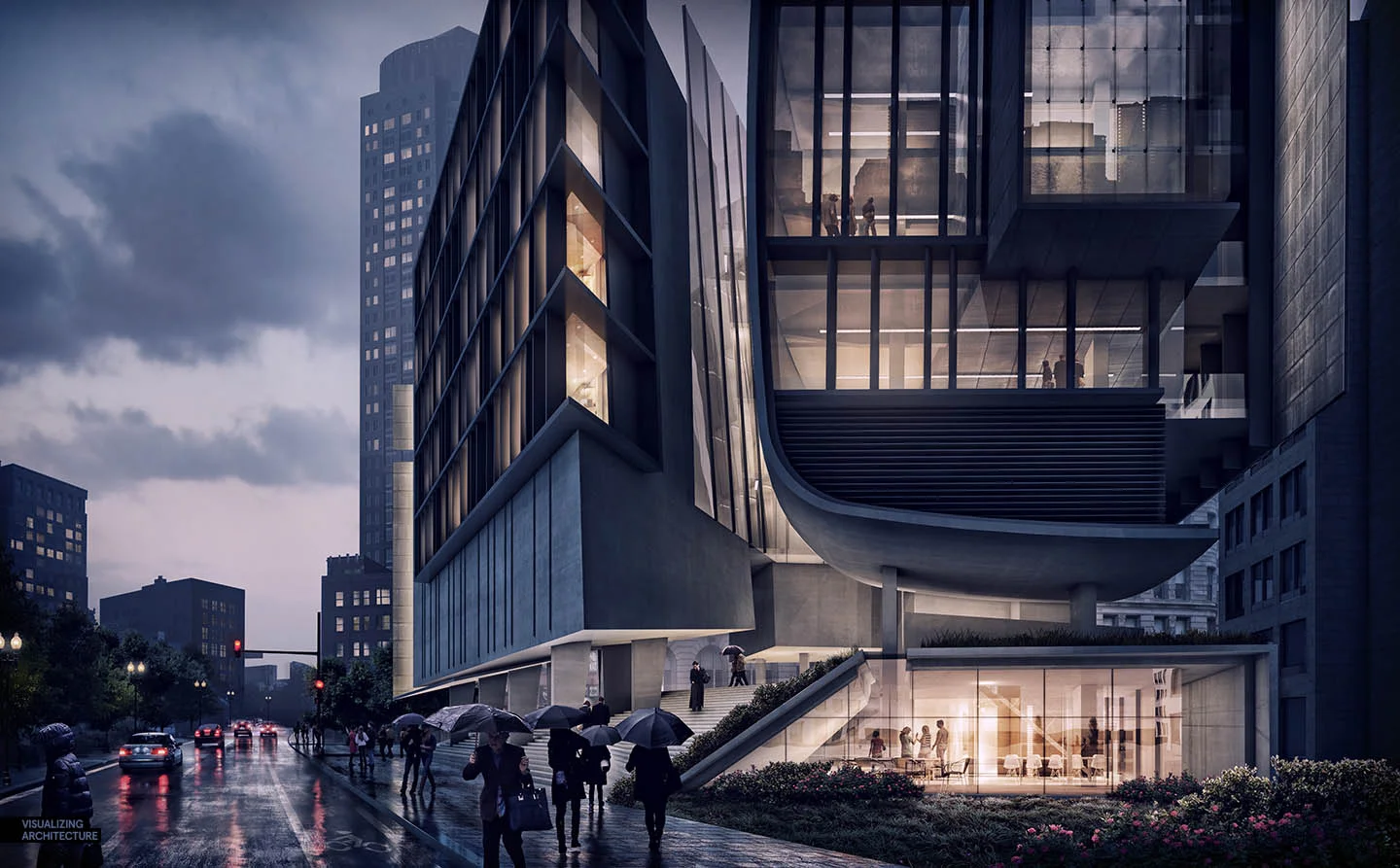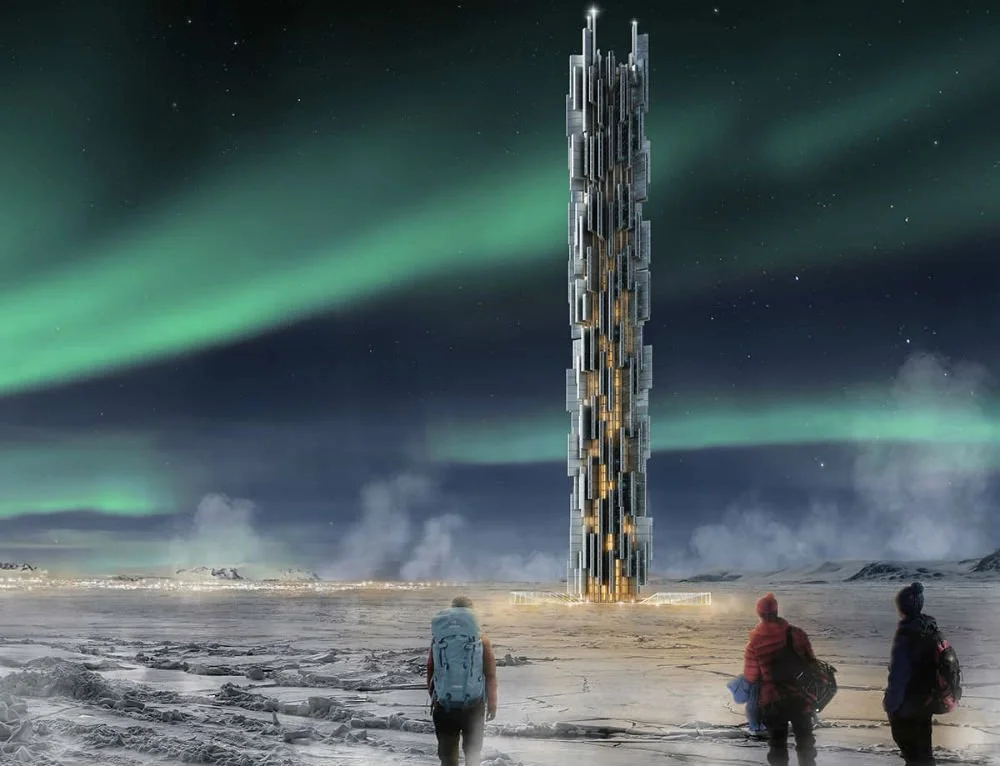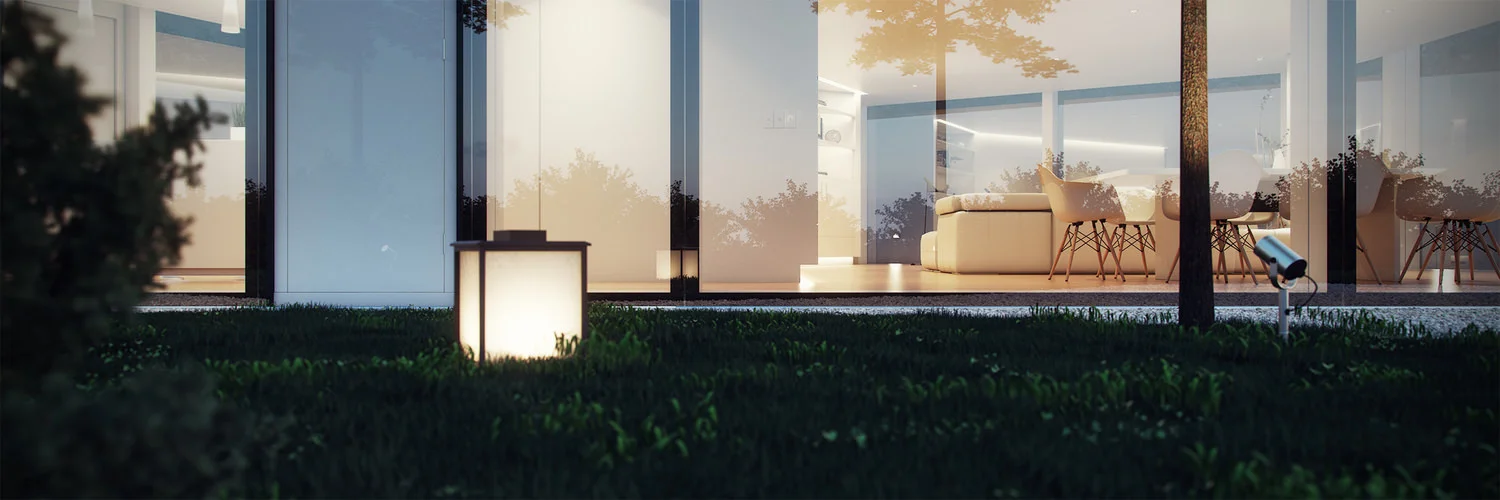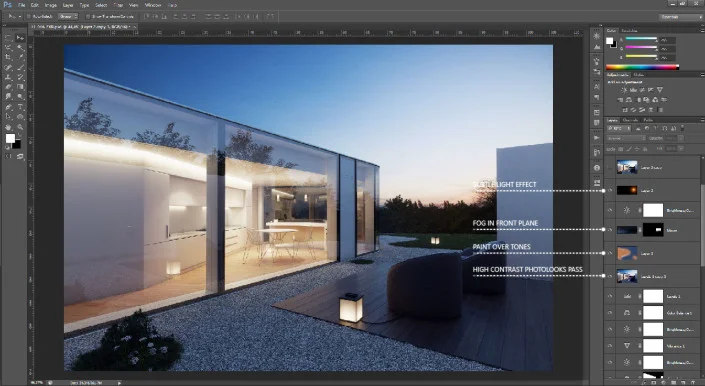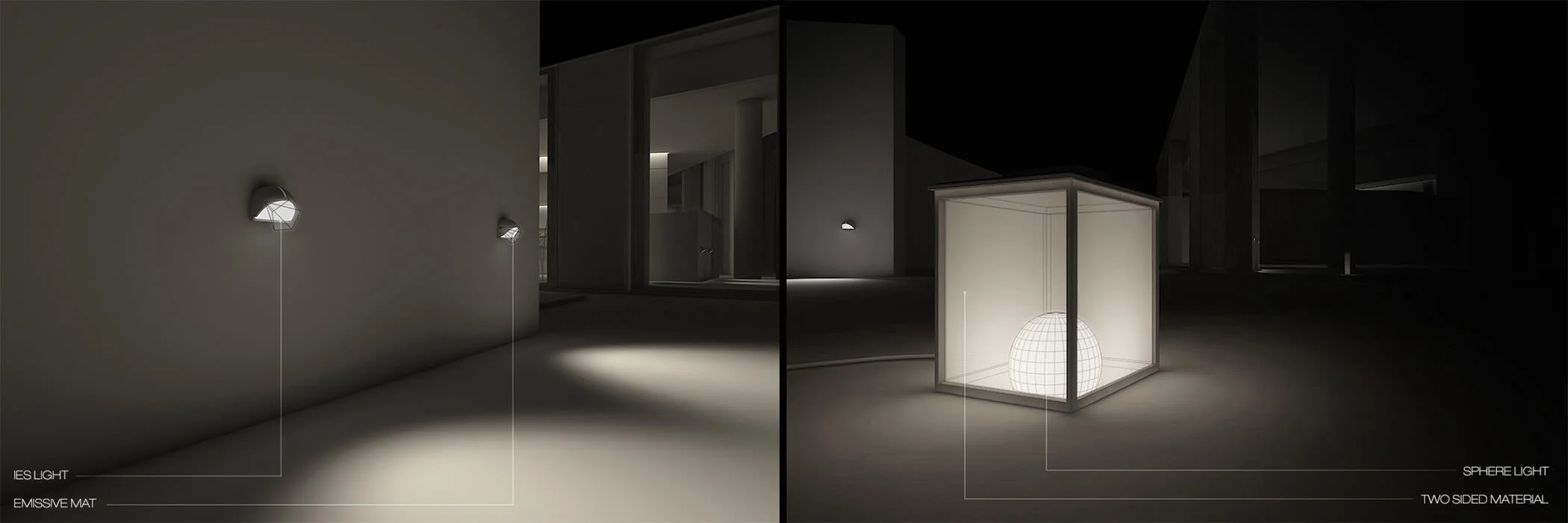These are territorial outfits - Anouk Wipprecht
Anouk Wipprecht is an Dutch Designer and Innovator working in the emerging field of "FashionTech" - a rare combination of fashion design combined with engineering, robotics, science and interaction/user experience design to make fashion an experience that transcends mere appearances. She wants her garments to facilitate and augment the interactions we have with ourselves and our surroundings. Her Spider Dress is a perfect example of this aesthetic, where sensors and moveable arms on the dress help to create a more defined boundary of personal space while employing a fierce style.
Markerless vs. Marker Based Augmented Reality - AppReal
New advances in the mobile hardware and software technologies led to the recent introduction of markerless augmented reality. This approach eliminated the need for 3D object tracking systems, overcoming the interactivity limitations marker-based augmented reality placed on the range of images encapsulated within the markers.
All this after watching the first episode of Planet of the Apps. I know so little of the industry but this proves to be quite the episode long education. Plus, how can you not listen to the wit of the man himself Gary Vee. Read more about Markerless VR in the link below.
Barrisol Installation Plafond Tendu - YouTube
Application of membrane that takes shape of anything yet reverts to its original form.
Most bizarrely photographed architecture projects
Juergen Teller got everyone's attention when he posed naked on a donkey, but he isn't the only one presenting unconventionally shot architectural photography. We put a spotlight on 10 of the most bizarrely shot projects. While restrained compositions often make for beautiful architectural photography, it's the touch of playfulness that made these project so memorable. Concrete
Source: 10 of the most bizarrely photographed architecture projects
Gallery of Cluny Park Residence / SCDA Architects
What's Edgy
Image 1 of 16 from gallery of Cluny Park Residence / SCDA Architects. Photograph by Aaron Pocock
Source: Gallery of Cluny Park Residence / SCDA Architects - 4
The Lloyd's Building
The large clear floor plates, uncluttered by services, are each connected by escalators to facilitate easy internal communication, one of the essentials of the brief. Natural light comes through from all directions and from an atrium (showing influence from Joseph Paxton’s Crystal Palace), which dominates the interior.
Source: Lloyd's Building
Virtual-reality preview of Serpentine Pavilion
For those who can't visit BIG's Serpentine Gallery Pavilion, Swiss visualisation studio Archilogic has made a tour the building using virtual reality.
Video: Serpentine Gallery Pavilion 2016 by Bjarke Ingels
In this exclusive video, Bjarke Ingels explains how he used stacks of fibreglass boxes to create the undulating form of the Serpentine Gallery Pavilion 2016
Mountainous landscape on the inside and cavernous canyon on the inside. Combining two mutually incompatible elements in architecture into a hybrid. Simplest element of architecture, a wall...pulled apart to create space on the inside
The Art of Rendering: MIR Reveals the Formula Behind the Most Atmospheric Visualizations in Architecture - Architizer
A typical MIR artist is a bit emo yet analytical, very stubborn and quite introverted. You need to be intrinsically motivated to make it in this game.
Day to Night: All Photoshop | Visualizing Architecture
This is and effective tutorial. The wet ground effect is hard to beat.
The Art of Rendering
I remember seeing the first demo of GPU rendering before it really started to go mainstream, and my first thought was this is going to change everything. Specifically what the “purported” speed increases would mean to our business.
Source: The Art of Rendering: How Technology Will Revolutionize Architectural Representations - Architizer
Making of Queen Alia Airport
Ronen Bekerman - 3D Architectural Visualization & Rendering Blog
Source: Making of Queen Alia Airport - 3D Architectural Visualization & Rendering Blog
241 Major World Cities | ArchDaily
Creating designs for cities all over the planet may have just gotten a whole lot easier - thanks to Brandon Liu, a Software Developer from San Francisco who used data from OpenStreetMap to create .DXF CAD files of 241 major cities worldwide. These files are entirely free to download, and from San Francisco to Sydney, Buenos Aires to Beijing and Helsinki to Harare, most of the world's major cities are included.
Source: Free CAD Files of 241 Major World Cities | ArchDaily
City CAD files for download
By fooI've published a simple web page with 241 metro extracts in .DXF format. The source is the Mapzen Metro Extracts that I downloaded a week ago, so they won't be magically updated every week. In total they took 12 hours to generate on my laptop, and clock in at 3.5 GB unzipped. I did some testing on Mac and Windows, ruled out the bzip2 compression format 'cause Windows doesn't like it, and was successfully able to open files in Rhino, AutoCAD, and Revit!
Source: bdon.org
Making of Lake Lugano House - 3D Architectural Visualization & Rendering Blog
David Santos recreates the Lugano House in this inspiring tutorial using VRAY Sketchup.
Why SketchUP? Because I love it! SketchUP is a powerful tool that is often underestimated, and let me show you the real power of this amazing tool.Like I said before, the project beginnings dates back to last year, when I started modelling with a raw CAD drawing that I made from JPG’s of the original drawings. After a lot of tests I found the correct way of modelling this.
Source: Making of Lake Lugano House - 3D Architectural Visualization & Rendering Blog
EMIR TIGREL | UNIT 24
[embed]https://vimeo.com/131866520[/embed]


Source: EMIR TIGREL | UNIT 24
Experiences not Possessions
"People are becoming really disenchanted with the rental market."
Source: Millennials want experiences not possessions say co-living entrepreneurs
Prism
Each panel of the sculpture presented a different live feed, from transport information from TFL, environmental data from CASA, to live energy usage from Carbon Culture.
Source: Prism | KEIICHI MATSUDA






















